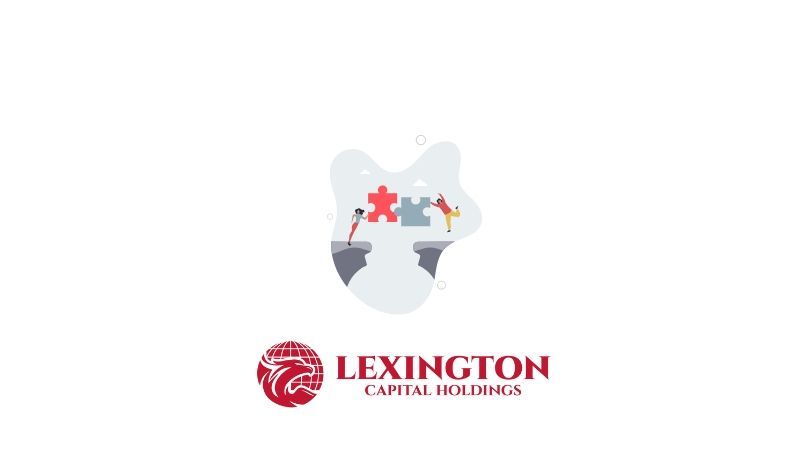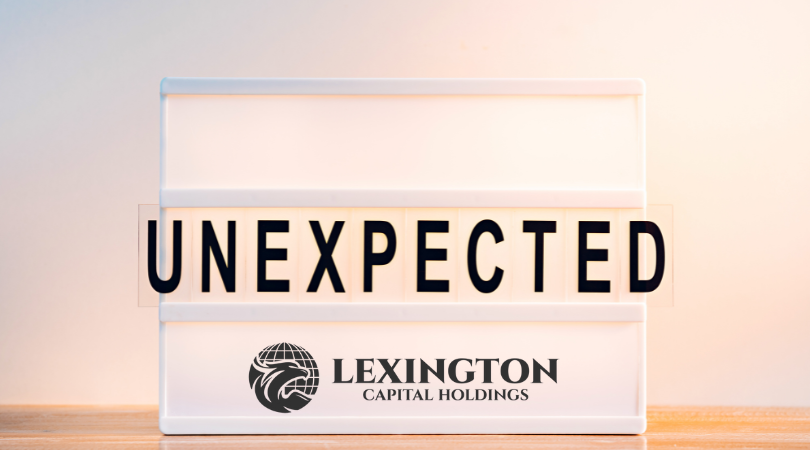LLC vs. Corporation: Finding the Perfect Fit for Your Business
LLC vs. Corporation: Finding the Perfect Fit for Your Business
LLC vs. Corporation: Which One Is Right for You?
Starting your own business is an exciting journey, but choosing the right business structure can be confusing. At Lexington Capital Holdings, we want to make this decision easier for you. In this article, we’ll break down the differences between a Limited Liability Company (LLC) and a Corporation, so you can decide which one is best for your new business.
What is an LLC?
A Limited Liability Company (LLC) is a business structure that combines the benefits of both partnerships and corporations. It provides the owners, known as members, with protection from personal liability while allowing for flexible management and tax options. This means that members are generally not personally responsible for business debts and liabilities, and the company itself can be managed in a way that suits its needs.
Pros of an LLC:
Personal Protection: If your business gets into debt or faces a lawsuit, your personal assets (like your house and car) are usually safe.
Tax Options: You can choose how you want your LLC to be taxed – like a sole proprietor, partnership, or corporation. This can help you save on taxes.
Flexible Rules: You don’t need to follow strict rules like holding annual meetings or keeping detailed records.
Professional Image: Having “LLC” in your business name can make you look more credible to customers and investors.
Cons of an LLC:
Costs: Setting up and running an LLC can cost more than a sole proprietorship or partnership due to state fees and other expenses.
Lifespan: In some places, if one member leaves the LLC, the business might have to close unless there are special arrangements.
What is a Corporation?
A corporation is a more complex business structure. It is a separate legal entity from its owners (shareholders), which means it has its own rights and responsibilities.
Pros of a Corporation:
Personal Protection: Like an LLC, a corporation protects your personal assets from business liabilities.
Raising Capital: Corporations can issue stocks, making it easier to attract investors and raise capital.
Unlimited Life: Corporations can continue to exist even if the owners change, providing stability and continuity.
Credibility: Having “Inc.” or “Corp.” after your business name can enhance credibility and attract more business opportunities.
Cons of a Corporation:
Complexity and Cost: Setting up and maintaining a corporation is more complicated and expensive than an LLC. You need to follow more regulations, including holding annual meetings and keeping detailed records.
Double Taxation: Corporations can be subject to double taxation – first on the company's profits and then on dividends paid to shareholders. However, S corporations can avoid this but come with their own set of rules and limitations.
Regulations: Corporations face more regulatory scrutiny and must adhere to more stringent governance standards.
How to Decide Between an LLC and a Corporation
Personal Protection: Both LLCs and corporations offer protection for your personal assets. Consider other factors to make your decision.
Tax Considerations: Think about how each structure affects your taxes. An accountant can help you figure out the best option.
Raising Capital: If attracting investors is crucial, a corporation might be the better choice due to its ability to issue stock.
Management Style: Decide how you want to manage your business. Corporations have more formal requirements and governance structures compared to LLCs.
Costs: Consider the setup and maintenance costs. Corporations generally cost more to start and run than LLCs.
Making the Right Choice
Choosing between an LLC and a Corporation depends on your unique needs and business goals. At Lexington Capital Holdings, we’re here to help you with expert advice and financing solutions to support your new business.
For more tips and information, follow our Lexington Capital Holdings newsletter. Let’s make your business journey smoother and more successful together!

When you apply for business funding, your application goes through a critical stage—underwriting. This is where lenders evaluate risk and determine whether your business qualifies for financing, and under what terms. Understanding what underwriters look for can help you strengthen your application, avoid delays, and increase your approval odds.

Not every business enjoys a steady stream of income. For many companies—especially those in seasonal industries, contracting, or project-based work—revenue can shift dramatically from month to month. These ups and downs are normal, but they can make managing cash flow, payroll, and operating expenses challenging. At Lexington Capital Holdings, we understand that fluctuating revenue doesn’t mean instability—it just means you need the right financial tools to stay balanced and grow confidently.

The Challenge of Hyper-Growth For many startups, growth isn’t the problem—it’s managing it. Rapid scaling demands capital for hiring, marketing, technology, and operations. But too often, founders find themselves cash-strapped right when they need resources the most. Choosing the right financing strategy can be the difference between sustainable growth and burning out too soon.

When it comes to business financing, the terms you secure are just as important as the funding itself. Lower interest rates, flexible repayment schedules, and higher approval amounts can mean the difference between simply surviving and setting your business up to thrive. The good news? Business owners often have more negotiating power than they realize. At Lexington Capital Holdings, we’ve seen firsthand how preparation and strategy can help secure stronger terms. Here’s how you can do the same:

For many businesses, waiting on customer payments can feel like standing still when you’re ready to move forward. Delayed invoices, extended payment terms, or slow collections create cash flow gaps that make it harder to cover expenses, pay employees, or seize new opportunities. The truth is—even successful, profitable companies face this challenge. The key isn’t avoiding it, but managing it strategically with the right funding solutions

Securing business funding is a milestone—but the real impact comes from how you put that capital to work. Every dollar borrowed should fuel momentum, strengthen operations, and generate measurable returns. Unfortunately, too many businesses stop at “getting approved” and miss the chance to maximize their return on investment (ROI). At Lexington Capital Holdings, we believe funding isn’t just about access to capital—it’s about creating opportunity. Here’s how to ensure your financing delivers the highest ROI:

In today’s fast-paced business environment, standing out from the competition requires more than just great products and services—it takes strategy, timing, and smart financial decisions. One of the most overlooked tools in building and maintaining a competitive advantage is business financing. When leveraged correctly, financing doesn’t just help you “get by”; it can actually position your business to outpace competitors and capture new opportunities.

In business, surprises aren’t a matter of if—they’re a matter of when. Whether it’s a sudden equipment breakdown, an unexpected dip in sales, or a market shift that requires quick adaptation, unforeseen expenses can test even the most successful companies. The difference between thriving and struggling often comes down to how well you’ve prepared.

When most business owners hear the word debt, it sparks feelings of stress or risk. But here’s the truth—debt isn’t always a bad thing. In fact, when managed strategically, debt can become one of the most powerful tools to grow, stabilize, and scale your business. At Lexington Capital Holdings, we work with business owners every day who are navigating this very question: Is taking on debt the right move for me? Let’s break down the difference between “good” and “bad” debt so you can make informed financial decisions.

In today’s business world, financing options are everywhere—but choosing the right path can feel overwhelming. From traditional bank loans to alternative lending solutions, the fine print and fast-changing requirements often leave business owners spending more time deciphering funding terms than actually running their businesses. That’s where the value of a dedicated funding advisor truly shines. At Lexington Capital Holdings, we’ve seen firsthand how personalized guidance can transform the funding experience for business owners of all sizes.

